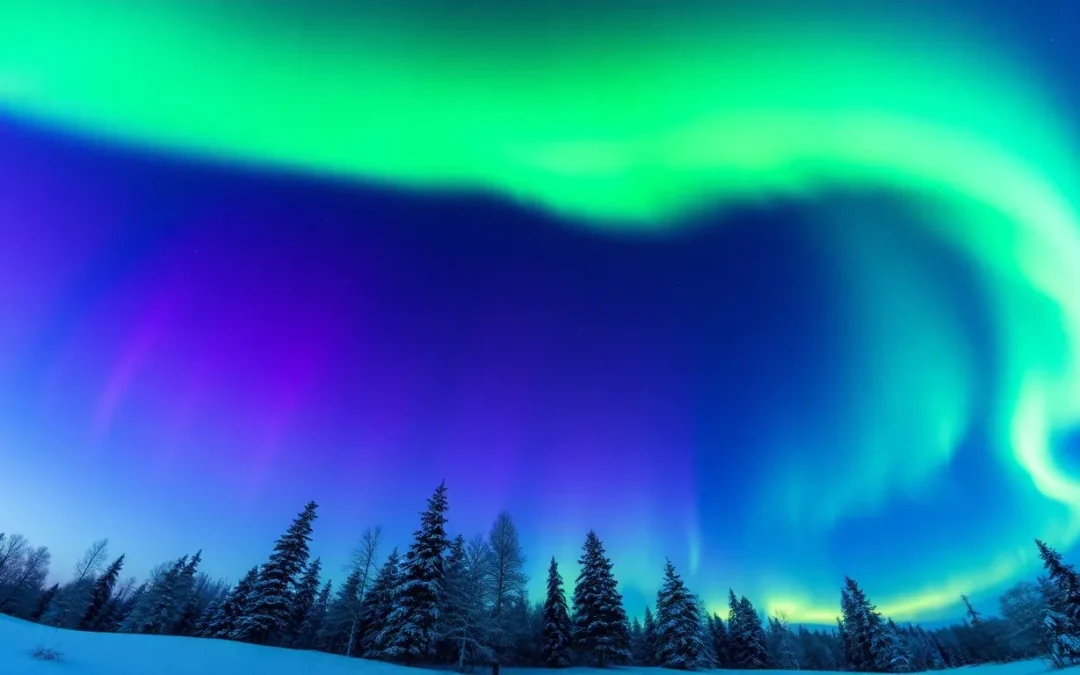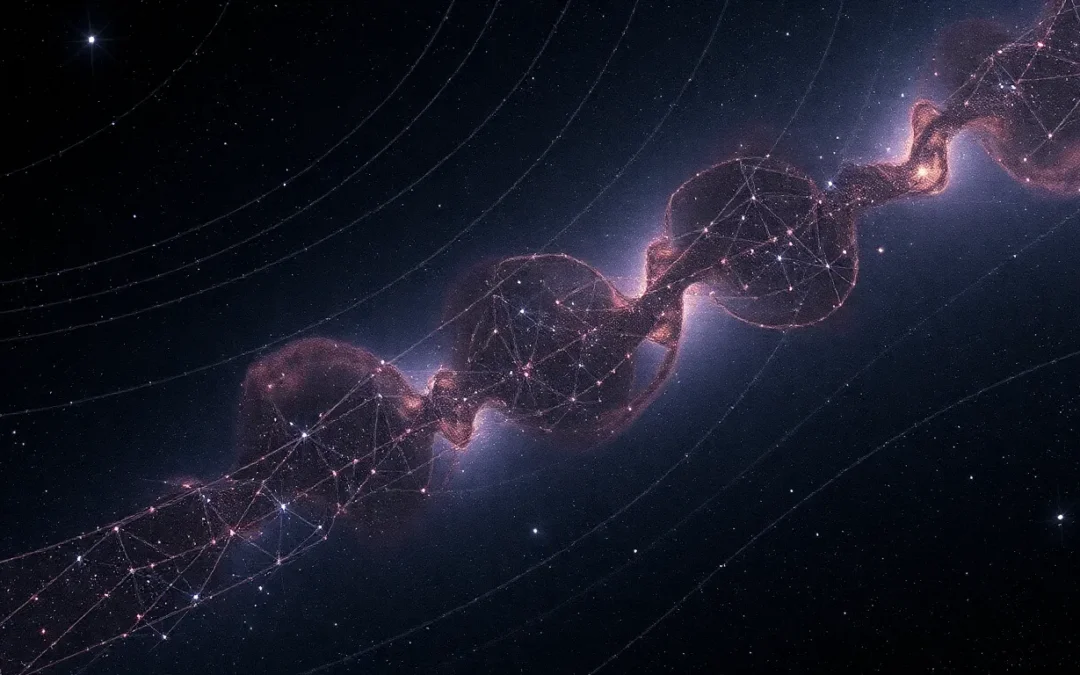The oldest rocks on Earth, buried deep in Western Australia, may hold the key to understanding how the moon formed. Scientists are analyzing these ancient geological formations to uncover clues about Earth’s early history. The goal is to understand the dramatic event that gave rise to our moon. You’ll learn to uncover moon formation evidence through detailed analysis of these unique samples, revealing the planet’s infancy.
Table of Contents
We Also Published
Did you know that some of Earth’s oldest rocks hold clues to the formation of our moon? This article delves into how scientists are using ancient rocks from Western Australia to gain insights into our planet’s early history. You’ll learn to uncover moon formation evidence by examining the chemical fingerprints preserved within these ancient geological formations. Let’s explore the fascinating world of early Earth and the mysteries it holds.
The Quest for Earth’s Ancient Past
The quest to understand Earth’s past is a challenging endeavor due to the scarcity of ancient rocks. The oldest surviving pieces of Earth’s crust are found in specific locations, such as the Murchison region of Western Australia. These rocks, dating back 3.7 billion years, offer a unique opportunity to study the planet’s early history and the events that shaped it. These rocks hold isotopic ‘fingerprints’ of the ancient mantle.
Analyzing Feldspar Crystals
Researchers are focusing on feldspar crystals within magmatic anorthosite rocks. Anorthosites are common on the moon but rare on Earth, which hints at a deep connection between the two celestial bodies. These crystals formed when molten magma cooled slowly deep beneath the surface, allowing large crystals to grow and trap chemical clues about their environment. The analysis of these crystals can provide invaluable information.
Scientists employ fine-scale analytical methods to isolate the pristine areas of plagioclase feldspar crystals. These methods help in recording the isotopic ‘fingerprint’ of the ancient mantle. This process allows scientists to determine the age of the minerals and understand the conditions under which they formed. Such information is crucial for understanding the early Earth.
Unveiling Chemical Fingerprints
The isotopic ratios measured in the feldspar crystals reveal what Earth’s mantle and crust looked like billions of years ago. These signatures provide a direct glimpse into Earth’s earliest crust and the planet’s infancy. The comparison of these signatures with lunar samples collected during the Apollo missions offers further insight into the moon’s formation and its relationship with Earth.
The discovery suggests that continental growth didn’t begin immediately after the planet formed but started later, around 3.5 billion years ago. The resemblance of the isotopic signatures found in the Australian rocks and lunar samples supports the giant impact theory. This theory proposes that a Mars-size object collided with early Earth, leading to the formation of the moon.
The Giant Impact Theory and Moon Formation
The “giant impact” theory proposes that a Mars-sized object collided with early Earth about 4.5 billion years ago. The collision ejected material that eventually coalesced into the moon. This theory is supported by the chemical similarities between Earth’s rocks and lunar samples. The study of ancient rocks is crucial to validate this theory.
The Role of Isotopic Signatures
Isotopic signatures from the Australian rocks closely resemble those found in lunar samples. This chemical link supports the giant impact theory. The comparison of the isotopic ratios supports the theory that Earth and the moon had the same starting composition around 4.5 billion years ago. This suggests that the moon formed from the debris of a collision.
The consistent comparison lends further credence to the giant impact theory. This alignment suggests that the moon formed from the debris of this cataclysmic collision. This supports the idea that the moon and Earth shared a common origin, which is crucial for understanding the evolution of both celestial bodies.
Implications for Earth’s History
The discovery offers a unique opportunity to peer directly into Earth’s formative past. These ancient minerals may preserve a record of the chemical mix left behind by that cataclysmic collision. This record offers a link between the infant Earth and its newly formed satellite. The analysis of these rocks helps us to understand Earth’s early history.
The study of these ancient rocks can help us understand the timing and rate of early crustal growth on Earth. Because intact rocks from this ancient era are so rare, the discovery provides a unique opportunity to understand Earth’s formation. This can help us uncover the mysteries of our planet’s past and the formation of the moon.
Key Takeaways
In summary, the study of ancient rocks from Western Australia provides valuable insights into Earth’s early history and the formation of the moon. These rocks contain chemical fingerprints that support the giant impact theory. The isotopic signatures found in these rocks closely resemble those found in lunar samples. Analyzing the oldest rocks is essential to understanding the formation of our planet and its satellite.
| Feature | Description |
|---|---|
| Rock Type | Magmatic anorthosite rocks |
| Location | Murchison region, Western Australia |
| Age | 3.7 billion years old |
| Key Findings | Isotopic signatures in feldspar crystals resemble lunar samples, supporting the giant impact theory. |
| Significance | Provides insight into Earth’s early crust and the moon’s formation. Helps to **uncover moon formation evidence**. |
Also Read
RESOURCES
- Moon Formation - NASA Science
- How did the Moon form? | Natural History Museum
- UND astronomers help uncover mysteries of Miranda - UND Today
- Astronomers Find First Evidence of Possible Moon Outside Our ...
- Scientist Have Uncovered The First Evidence of the 4.5-Billion-Year ...
- SwRI scientist uncovers evidence for an internal ocean in small ...
- Scientists discover 1st evidence of 4.5-billion-year-old 'proto-Earth ...
- Geologists discover the first evidence of 4.5-billion-year-old “proto ...
- Jupiter-like planet shows signs of moon formation | Science | AAAS
- Here comes the sun: Planetary scientists find evidence of solar ...
- Here comes the Sun: NAU planetary scientists find evidence of solar ...
- NASA telescope uncovers definitive evidence of water on the moon ...
- How the Moon Was Made
- Scientists discover first direct evidence that slivers of 'proto-Earth ...
- 4 Billion-Year-Old Rocks Reveal First Physical Evidence of Earth ...
From our network :
- The Diverse Types of Convergence in Mathematics
- Optimizing String Concatenation in Shell Scripts: quotes, arrays, and efficiency
- Limits: The Squeeze Theorem Explained
- JD Vance Charlie Kirk: Tribute and Political Strategy
- Economic Importance of Soybeans in America: The $60 Billion Crop That Feeds the World
- Bitcoin price analysis: Market signals after a muted weekend
- Bitcoin Hits $100K: Crypto News Digest
- Optimizing String Concatenation in JavaScript: Template Literals, Join, and Performance tips
- Limit Superior and Inferior







0 Comments